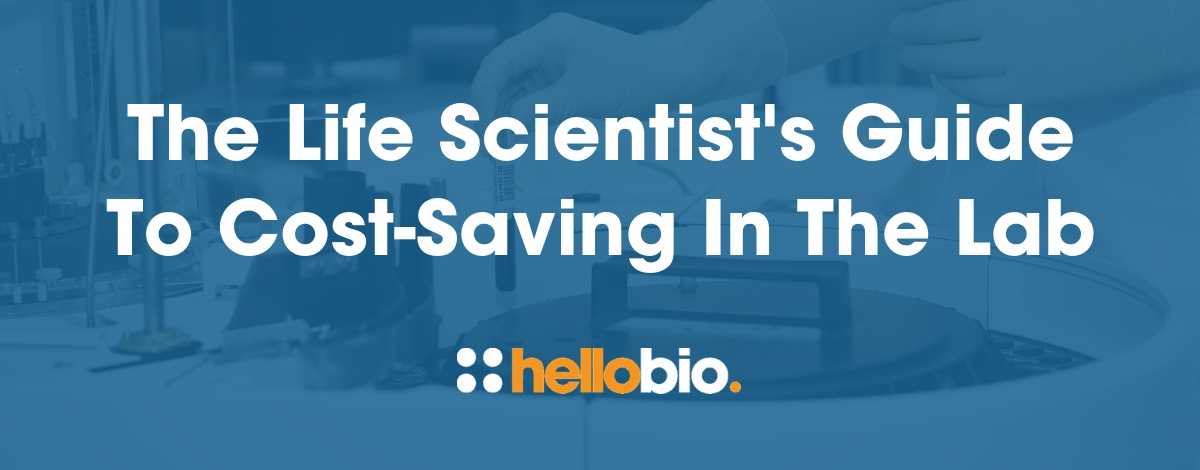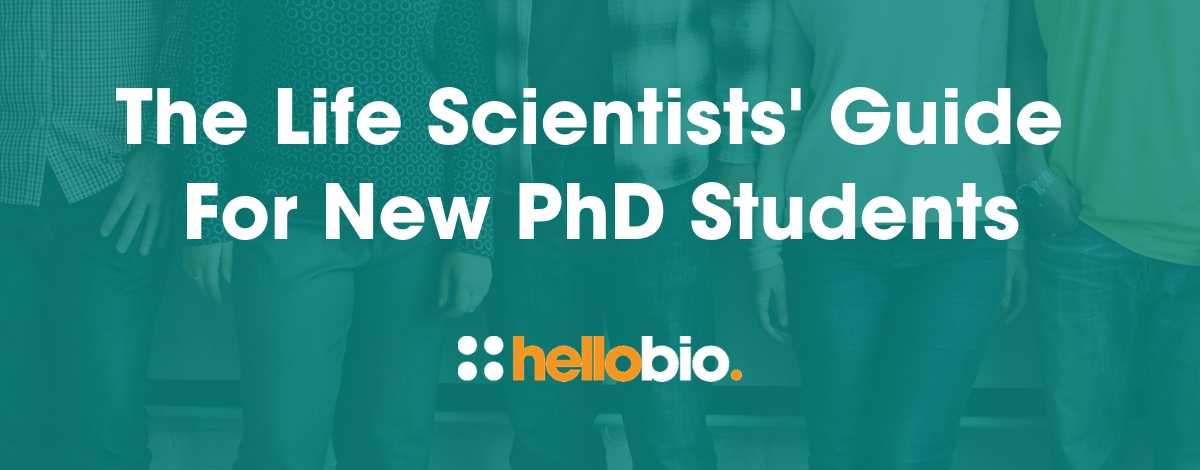Interviews with Scientists: Dr Gilda Stefanelli
Meet Dr. Gilda Stefanelli in our next Interviews with Scientists! Gilda got her Bachelor’s degree in Biotechnologies at the University of Naples Federico II. After that, she gained her Masters in molecular biotechnologies at Vita Salute San Raffaele University in Milan. Here, she studied the role of CDKL5, a kinase mutated in Rett Syndrome, in synapses formation and maintenance. She then moved on to a PhD in Neurobiology at Insubria University, where she focused on how post-translational modifications of MeCP2 can influence its functions during brain development.
Gilda is now a postdoc in the Department of Psychology at the University of Toronto Mississauga under the supervision of Dr. Iva Zovkic. She studies how histone variants can influence memory formation and the molecular pathways that regulate their turnover in neurons.
As a classic Italian, Gilda has a deep love for carbs but has a weird dislike for coffee. As a former volleyball player, she tries to keep active and balance it with her work in the lab. She has an avid passion for travelling that has taken her to 22 countries and counting. She advocates for women in STEM and is in the process of founding a non-profit organization to help women pursue a career in science in difficult countries.
It's great to chat to you Gilda! Firstly tell us more about your current research...
My research focuses on epigenetics mechanisms of memory formation. In particular we study how histone variants contribute to memory formation. Histone variants are of particular interest in a tissue like the brain as their production is replication independent (unlike canonical histones). My project focuses on a protein called Anp32E, a chaperone able to remove the variant H2A.Z from its binding sites. Unravelling how these two proteins interact and work in response to neuronal stimulation will help with understanding and targeting molecular pathways crucial for memory formation and maintenance in the brain.
Did you always want to be a scientist when you were younger, and why?
My love for science has had its ups and downs, like every other relationship! After a brief infatuation with Med School while I was in High School, I was pretty determined to pursue a career in science. However, I never thought I would be a neuroscientist. I truly believed my passion was cancer research or more translational fields like gene therapy. After starting a masters in biotechnologies and joining a project on synapse formation, I fell in love with the field and I can’t imagine myself studying anything else other than the brain.
What did you enjoy most about your PhD?
What I loved about my PhD was to witness the growth I had in only four years. I went from being a student that couldn’t come up with a good idea, to a scientist who was able to carry out her own project and overcome challenges. Grad school is a time for growing up personally, rather than scientifically. To see my findings published in a journal really made me feel like I am contributing to something bigger, and that I am playing a role in the field.
What advice would you give to someone just starting out on their PhD?
To whoever is starting a PhD I would like to say that it can really suck sometimes! It will be one of the hardest periods of your life and you will get through it if you have a good and understanding supervisor, supportive lab mates, and if you are able to “close your eyes when facing difficulties” and go on, like Rita Levi Montalcini once said.
What's the most important lesson you have learned in your career so far?
My PhD and postdoc gave me several lessons. The first is that it is important to stay humble and never think you are now a great scientist that doesn’t need to learn from others. I learnt what my strengths and what my weak points are, and this gave me a clearer vision of what I want from the future.
What are you most proud of in your career to date?
What makes me proud is the appreciation my supervisors and my colleagues show for me every day. Feeling appreciated means I do a good job, and this is one of the most important things in research.
What do you think are the biggest challenges currently facing life scientists and their work?
The same as many years ago. Job instability and low salaries certainly contribute to people deciding to leave science for other careers.
What does a typical day in the lab look like for you?
I divide my time between experiments and managing the lab. I start my day by initiating several experiments, and then move to my office to reply to emails and place orders. Then it’s back to the lab to help students and finish my experiments.
Outside the lab, what do you enjoy doing?
I am a very active person, I like working out and running. I recently completed my first 10K race. I also like to try food from all over the world and, every time the lab allows it, I take a trip to a new place.
If you weren’t a scientist, what do you think you’d be doing?
I honestly can’t see myself doing anything else!!!
What is it about your field of research that gets you most excited?
The riddle that is the brain. Many decades of research and we barely know how it works, how it makes us what we are
Which scientists working today do you most admire, and why?
Will probably sound cheesy but I have great admiration for my supervisor, Dr. Iva Zovkic. She is an amazing scientist and a great supervisor. She stayed humble despite landing a Nature paper and a position when she was really young. She is a strong woman navigating the difficulties of being a woman in STEM with great courage and skill.
Also Dr. Cigall Kadoch is a true force of nature. Talented, smart and humble. Of all the famous scientist I could name, I decided to name non-famous ones as I believe that being good in science is not only about fame. For me, it is people like my supervisor and Cigall Kadoch that inspire me every day.
What’s your favorite science joke?
Not sure about jokes, but I do enjoy the cartoons by The Awkward Yeti.
What do you think is the greatest scientific discovery of all time?
I wish there was a simple answer for that… where do I start? Vaccination, penicillin, the theory of evolution by natural selection, DNA… all these and many more have changed the world and humankind, don’t ask me to choose!
_________________________________________________
Thank you so much for a great interview, Gilda! We look forward to seeing how your non-profit venture develops!
To keep updated with Gilda’s work, follow her on Twitter @Gildastefy
You can also connect with Gilda on LinkedIn here and on ResearchGate here.
Funding for Gilda’s research comes from the Canadian Institutes of Health Research (CIHR)
_________________________________________________
If you enjoyed reading this interview, why not check out the other resources available on our blog. One of the things we’re most passionate about is supporting early career life scientists and PhD students. We know how tough it is - so we hope you find these helpful!
Advice & guidance for life scientists
Click below to view our of essential guides and articles includes to support life scientists, PhD students & early career life scientists:
Travel grants
Every month we give away $500 to PhD students and Postdocs so that they can attend a scientific conference - click below to find out more:
Wellbeing for scientists
Click below for our resources to help improve your wellbeing:
Technical resources
Try our Molarity Calculator: a quick and easy way to calculate the mass, volume or concentration required for making a solution.
Try our Dilution Calculator: an easy way to work out how to dilute stock solutions of known concentrations
Click below to see our Mini-reviews, Pathway Posters & Product Guides: a set of technical resources to answer your questions on a wide range of topics and to help you get started quickly.
And - when you get to the stage of planning your experiments, don't forget that we offer a range of agonists, antagonists, inhibitors, activators, antibodies and fluorescent tools at up to half the price of other suppliers - click below to see how we compare with other suppliers:





















